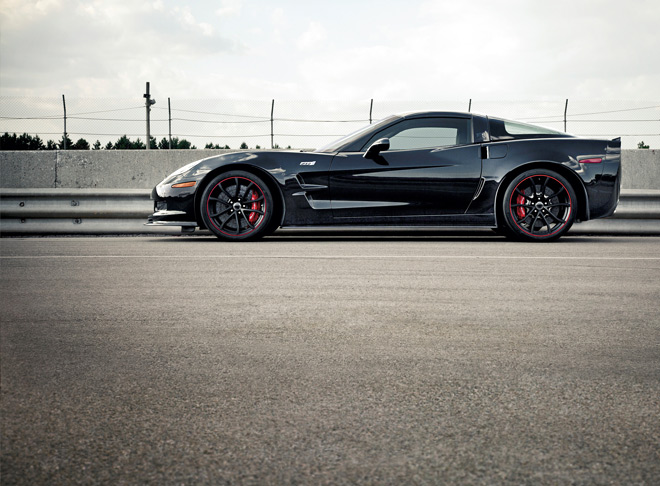When it comes to headlight technology, not much has changed in the last several decades. LEDs are on the cusp of becoming standard issue and adaptive headlamps that turn with the wheel have been around for years. But a system from researchers at Carnegie Mellon University has the potential to change the way we see in adverse weather by illuminating the road around droplets of rain and snow.
As anyone who’s driven in a torrential downpour or a snow storm can attest, the road isn’t the only thing that gets lit up by the headlamps. Particles of snow and beads of water reflect light back at the driver, making bad visibility even worse. And that’s where Carnegie Mellon University’s Professor Srinivasa Narasimhan and his team come in.
By coupling a video camera with a digital light projector and a beam-splitter, the system can identify a raindrop as it falls into the headlight’s view. An on-board computer figures out the drop’s trajectory and then selectively turns off the bank of lights in the path of the rain.
All of this happens in 13 milliseconds, and because the detection and termination of the light happens so quickly, there’s no perceivable flicker to both the driver or oncoming vehicles.
The only downside is that the headlights can’t illuminate quite as far or as intense as standard, non-adaptive halogen lamps. But that’s just a product of the lights being intermittently turned on and off – a reasonable trade-off compared to seeing bits of road behind a wall of water or snow.
The other issue is accuracy. According to the research by Carnegie Mellon, the system detects particles around 70 percent of the time at about 20 mph, and drops precipitously as speed increases, with only 15 to 20 percent of droplets recorded in a 10-foot range when traveling at 62 mph.
Still, with the right assortment of ultra-small and ultra-powerful LEDs – or even lasers, something BMW is working on – a more accurate camera and a faster processor, the system could be feasible on a production vehicle. The only question now is what breed of “magic” Mercedes-Benz will brand it…




















